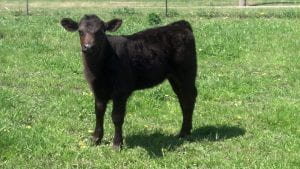– Steve Boyles, OSU Extension Beef Specialist

Always inspect the trailer floor to make sure it is sturdy and clean.
Some trailers are attached to a tow vehicle’s receiver hitch or via a bumper hitch. A gooseneck is different from traditional enclosed trailers both in its namesake shape and because of the gooseneck hitch attachment within the vehicle’s bed. This allows a gooseneck trailer to be attached to the tow vehicle over the rear axle which is different from a hitch receiver, located at the rear of the vehicle. Also, because of the closer proximity of the trailer to the tow vehicle, a gooseneck trailer will typically have a tighter turn radius over other enclosed trailers.
Know Your Numbers
Your tow vehicle needs to have the capability to Continue reading







 The LMIC forecasts 2022 commercial cattle slaughter at 33.7 million head, down 0.4 percent from 2021. Beef from 34 million head will go to one of three destinations: domestic retail, domestic food service, and exports. Markets find the highest valued destination for each beef product. Some beef products are
The LMIC forecasts 2022 commercial cattle slaughter at 33.7 million head, down 0.4 percent from 2021. Beef from 34 million head will go to one of three destinations: domestic retail, domestic food service, and exports. Markets find the highest valued destination for each beef product. Some beef products are